June 2023 Community Meeting
Whether early or later stage, companies have much to gain from understanding the impact they hold to reduce GHG emissions and mitigate climate change.
For Project Frame members Clean Energy Ventures, an early-stage climate-focused venture fund, and Energy Impact Partners, a multi-stage venture, private equity, and credit firm, uncovering a company’s impact is not only an essential step of the investment process but one of many ways they enable their portfolio companies to succeed post-investment.
How? Clean Energy Ventures and Energy Impact Partners shared the impact measurement and management strategies they use to work towards climate mitigation at Frame’s June 2023 Community Meeting.
Clean Energy Ventures
For Clean Energy Ventures (CEV), understanding the impact early-stage companies can have on climate mitigation through GHG assessments isn’t an add-on to their investment screening process.
“It's really very much part and parcel of our investment evaluation,” said Yi Jean Chow, Investment Principal with CEV. “It’s really something that all team members think about and utilize in their diligence process.”
To achieve CEV’s impact goal, they uniquely invest in companies that they “believe individually have the potential to avoid, reduce, or remove at least 2.5 gigatons of CO2e individually between now and 2050.”
The result of such a strong screening criteria, Chow explained, is that they have turned away companies that they “think have very exciting business models and teams,” but cannot answer their key screening question of: “How do we believe that they will lead to a 2.5 gigaton reduction in greenhouse gas emissions?”
“We think this is an important role to play in terms of being able to catalyze future investments from other institutional investors that typically invest after us or alongside us,” said Chow.
Another integral part of CEV’s pre-investment process is the use of their Simple Emissions Reduction Calculator (SERC) tool, a free and publicly accessible emissions reduction potential calculator that a company or investor may use to estimate GHG savings or reduction.
While they have not adjusted their 2050 target date for reductions since their beginning in 2017, CEV Co-Founder and Managing Partner Dave Miller explained that such a timeline is “reflective of the crisis that we're facing.”
“Companies that we are evaluating today have six years less to achieve the goal than companies six years ago,” he said. “But unfortunately, the world as a whole has six years less to achieve the goal than they had six years ago. So we're reflecting the larger climate crisis and what has to be done to address it.”
Energy Impact Partners
At Energy Impact Partners (EIP), “it's important to integrate impact and sustainability throughout the entire process, from end to end, from start to finish,” explained Morgan Sheil, AVP of Impact & Sustainability.
Sheil explained that EIP invests in later-stage companies across four main themes–decarbonized supply, sustainable demand, intelligent infrastructure, and foundational tech—and thinks about impact in two distinct ways: directly measurable companies that have direct carbon emissions reduction and foundational companies that support or facilitate GHG mitigation..
The latter, Sheil continued, are “solutions that in and of themselves may not be directly reducing carbon, but we think are really important for the energy transition,” sometimes referred to as an enabling or facilitating solutions according to Project Frame’s glossary. Carbon accounting, she offered, is a good example.
Like CEV, “Impact is not something that is just packed on at the end, and it's not something that we think should be a nice-to-have,” Sheil said. “We think it's imperative.”
This philosophy is seen through EIP’s impact assessment process, from pre-investment, when assessing forward-looking impact, but also through to post-investment when measuring realized impact.
In practice this means conducting due diligence not only with a five-year carbon impact measurement assessment, but equally exploring a company’s environmental practices and policies in addition to a social and governance factor assessment, which asks about policies, risks and opportunities through a contextual lens.
These assessments, Sheil said, are a starting point. “We want them to improve over time and we want to work with them to enable that improvement.”
Post-investment, Sheil said they want to set their portfolio companies up for success through annual and lifetime realized impact reporting and knowledge building through the 16 working groups EIP hosts.
“We recognize that [impact is] not an area where a lot of startup founders or their founding teams have expertise, so we want to try to set them up for success versus having them being very well-meaning and wanting to make improvements, but not really knowing where to start.”
Want to get involved in establishing best practices for climate solutions investing? Sign up for the Project Frame newsletter.
